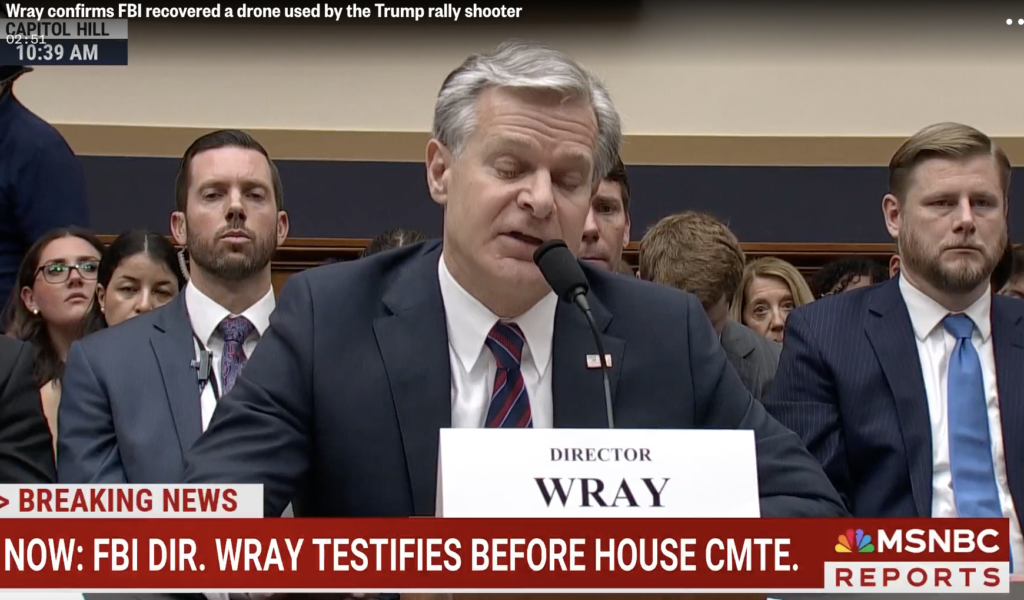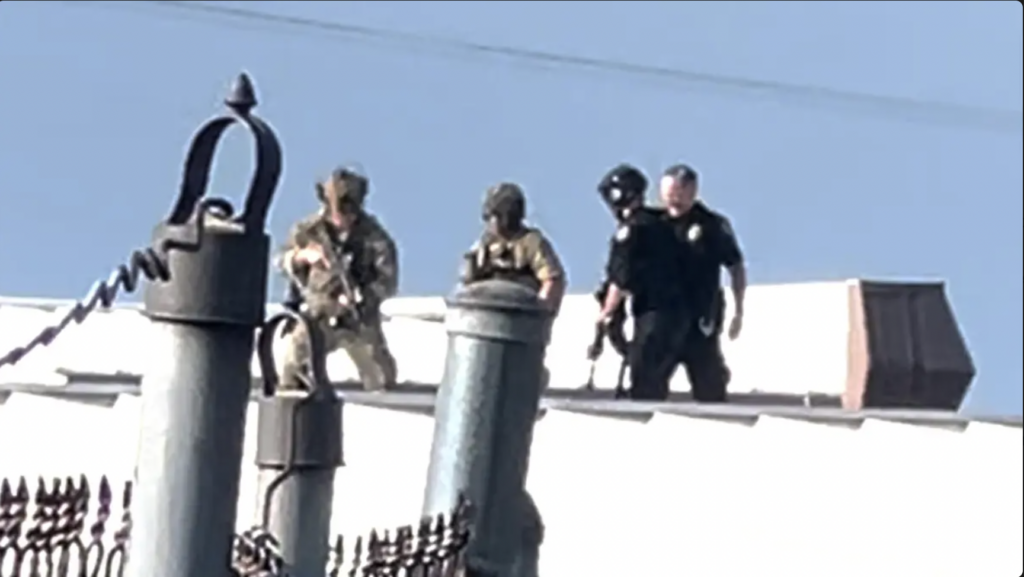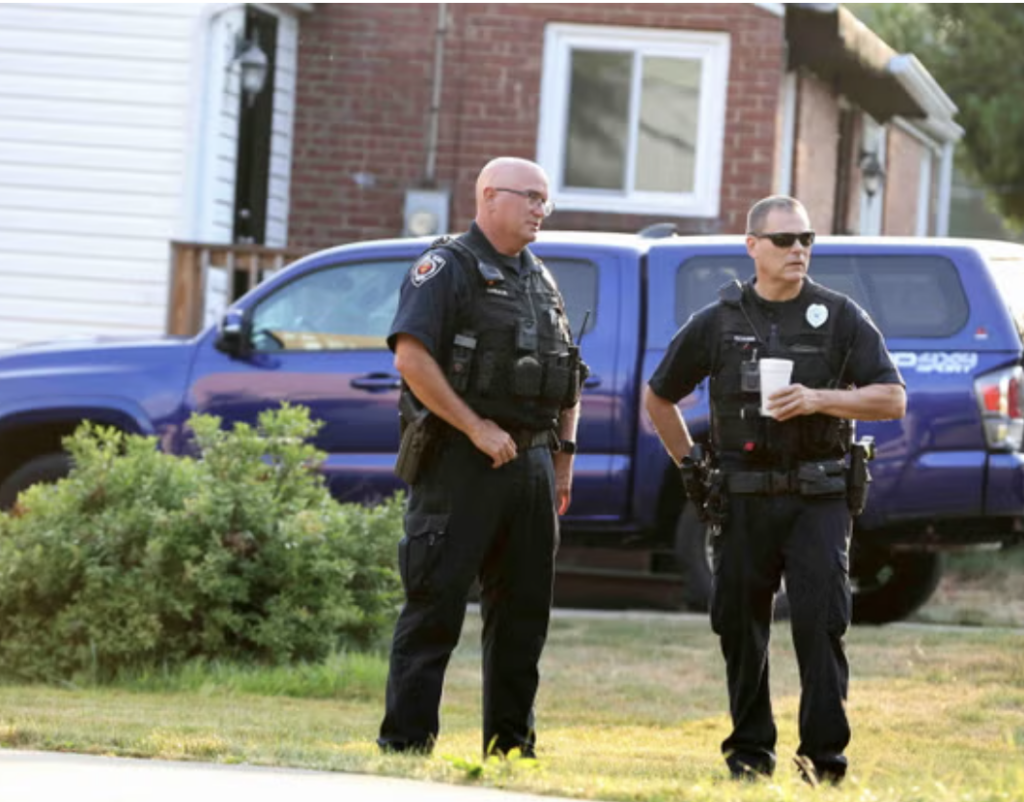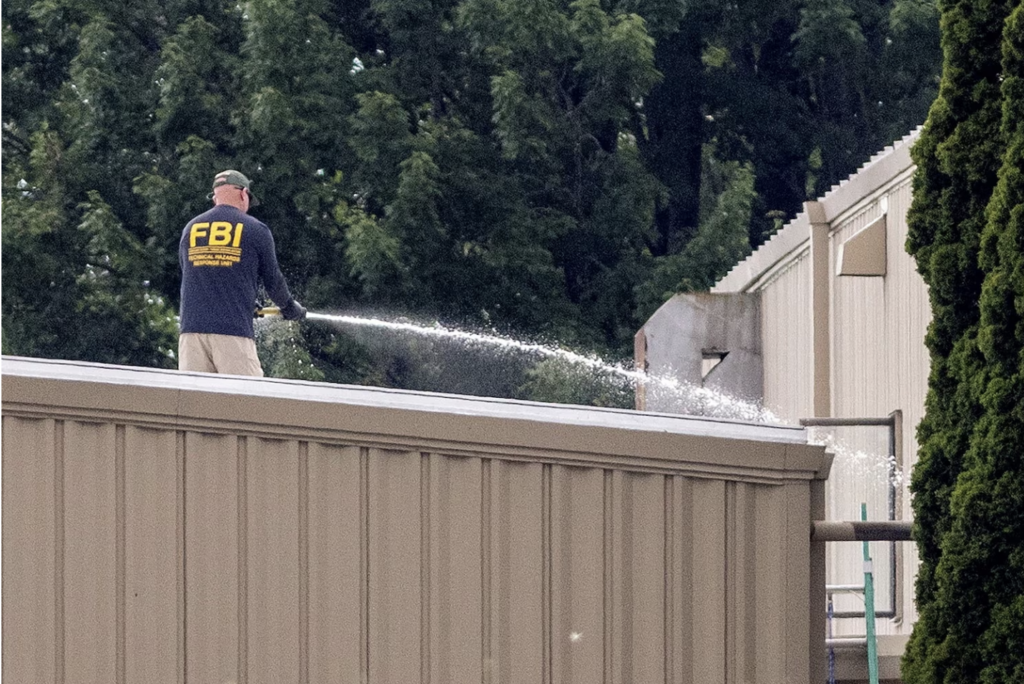FBI Needs to Back Up Lone Gunman Theory with Make & Model of Weapon & Ballistics Findings

July 24, 2024
Eleven days after the near assassination of former President Donald Trump, the public still has received zero specific information about the attack, including what is the make and model of the alleged weapon and whether have they collected the projectiles that were fired, and do those projectiles match that alleged weapon? Also have there been DNA and fingerprints taken from the weapon and do those match that of the alleged shooter? This information is necessary to prove what weapon was used and by whom.
The ballistics, DNA and fingerprint results ultimately are key to “proving” whether Crooks was the lone shooter. Law enforcement has not provided any information about the projectiles recovered but, it is interesting that law enforcement has acknowledged that eight shell casings had been collected from the roof of the AGR building. Whoopdafriggindo!








 Image by
Image by 
